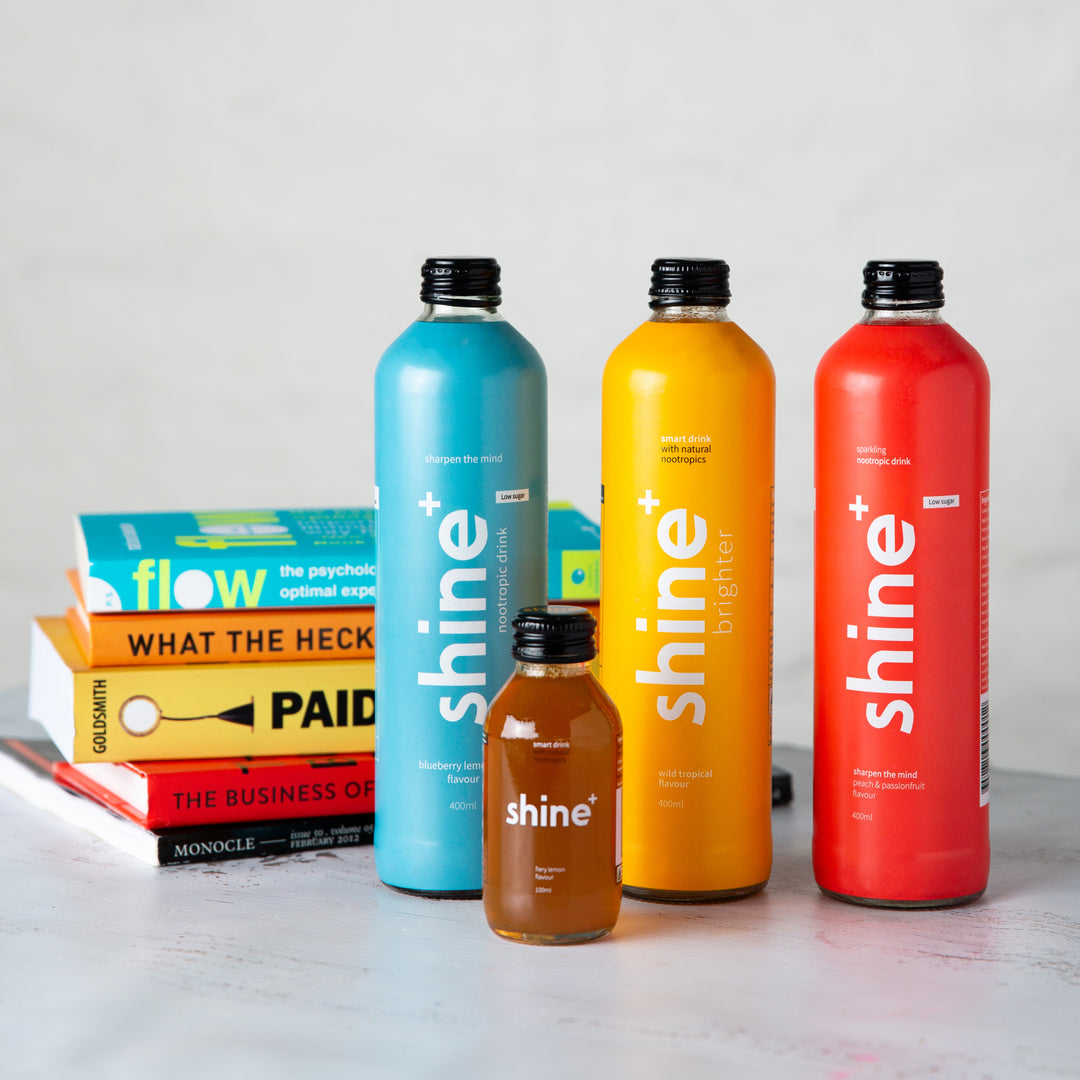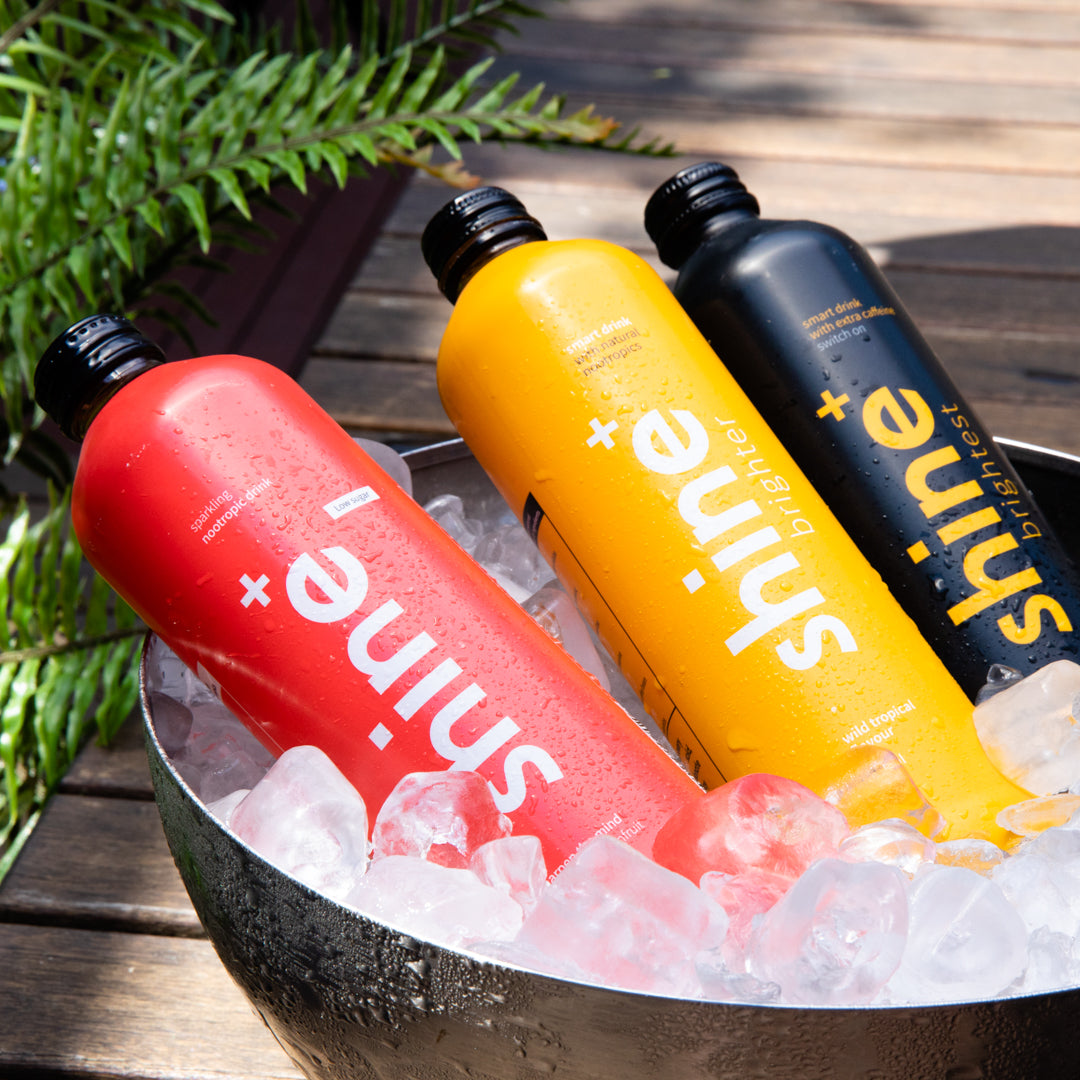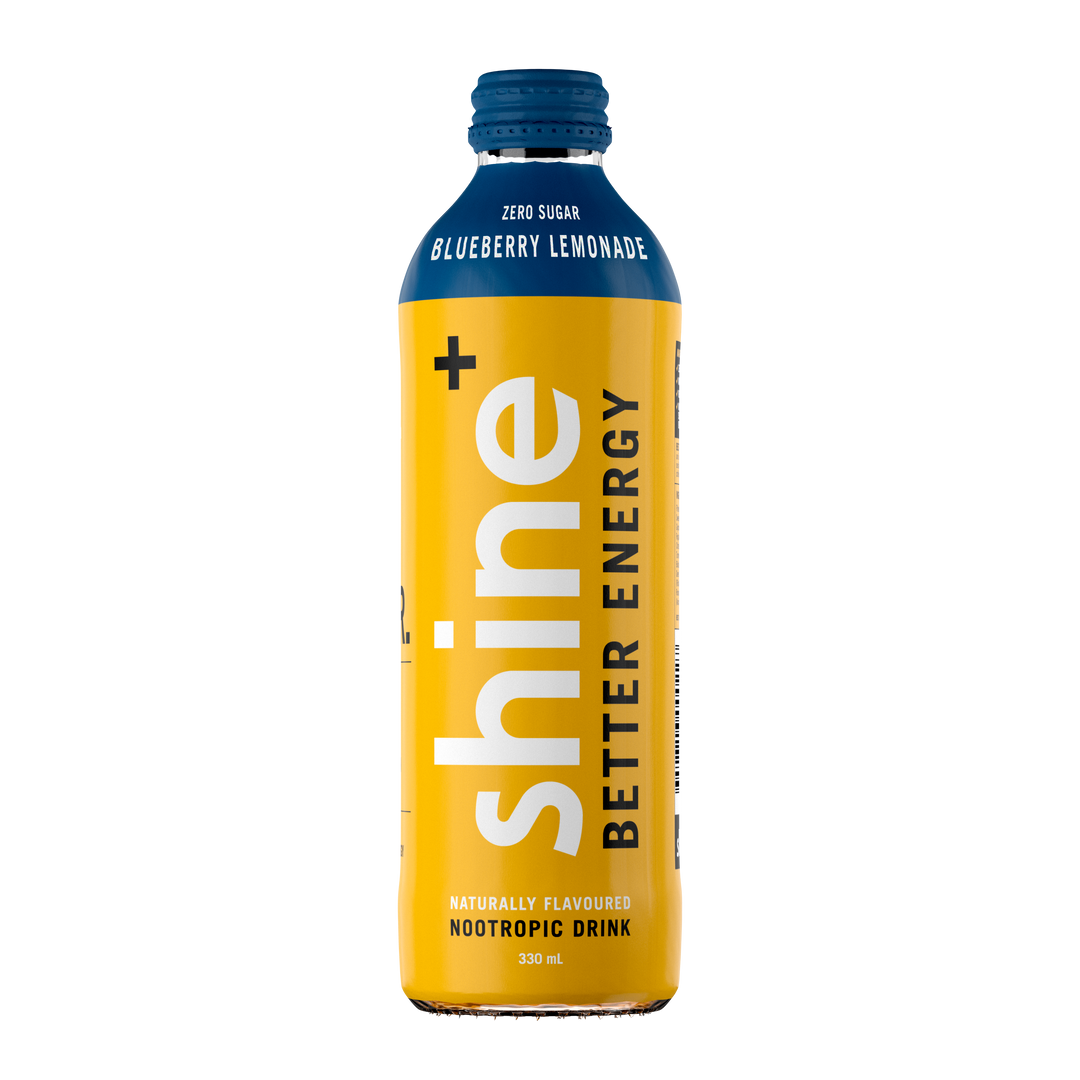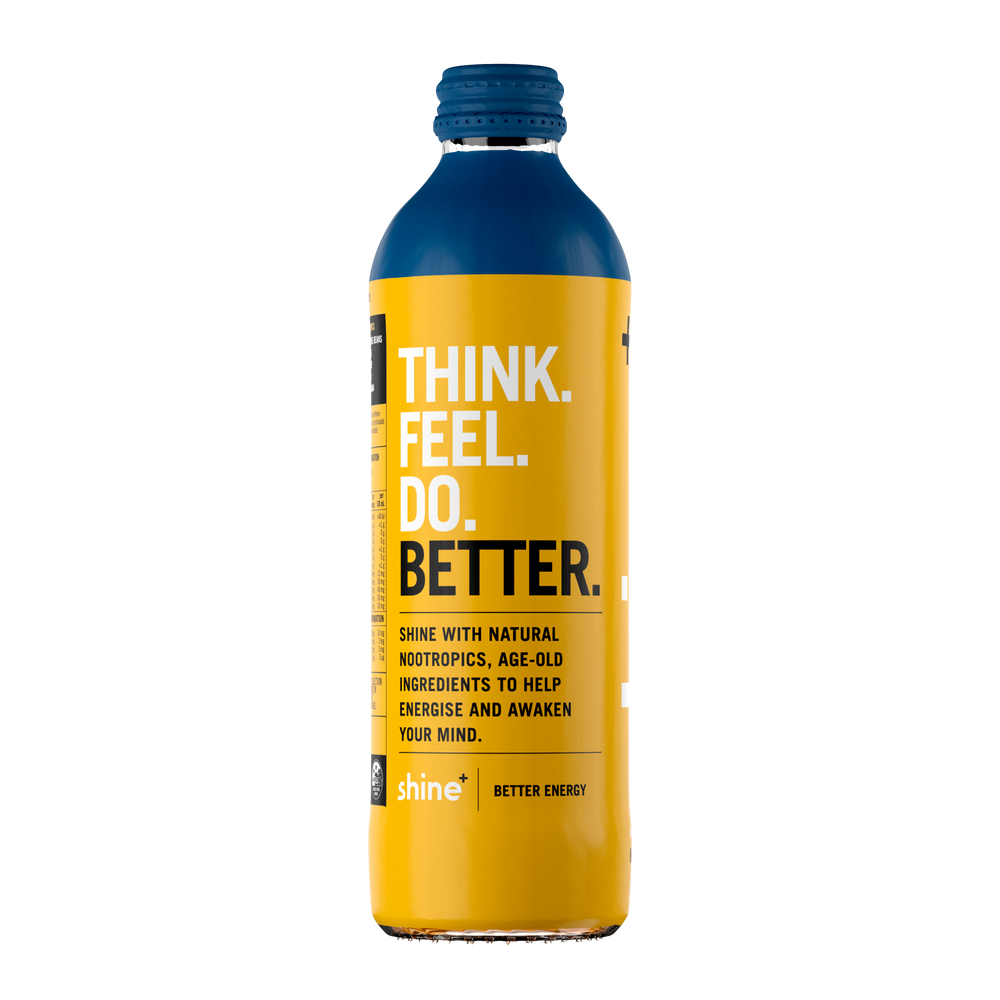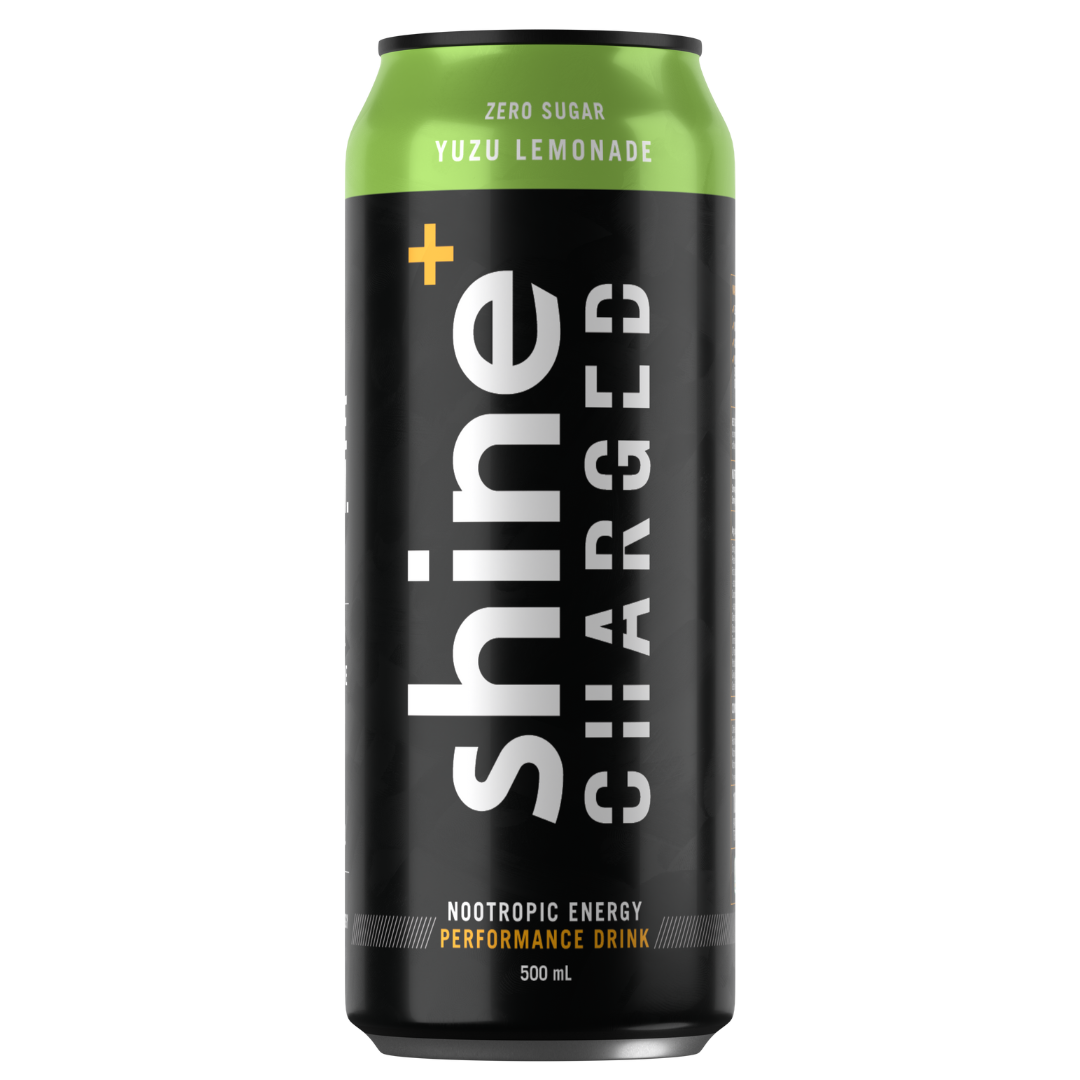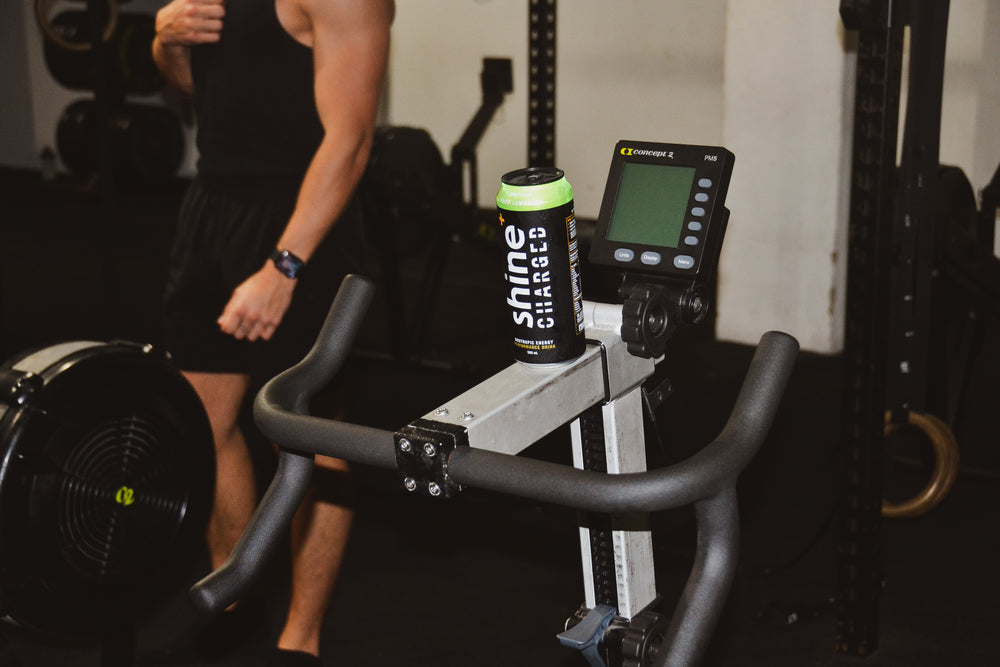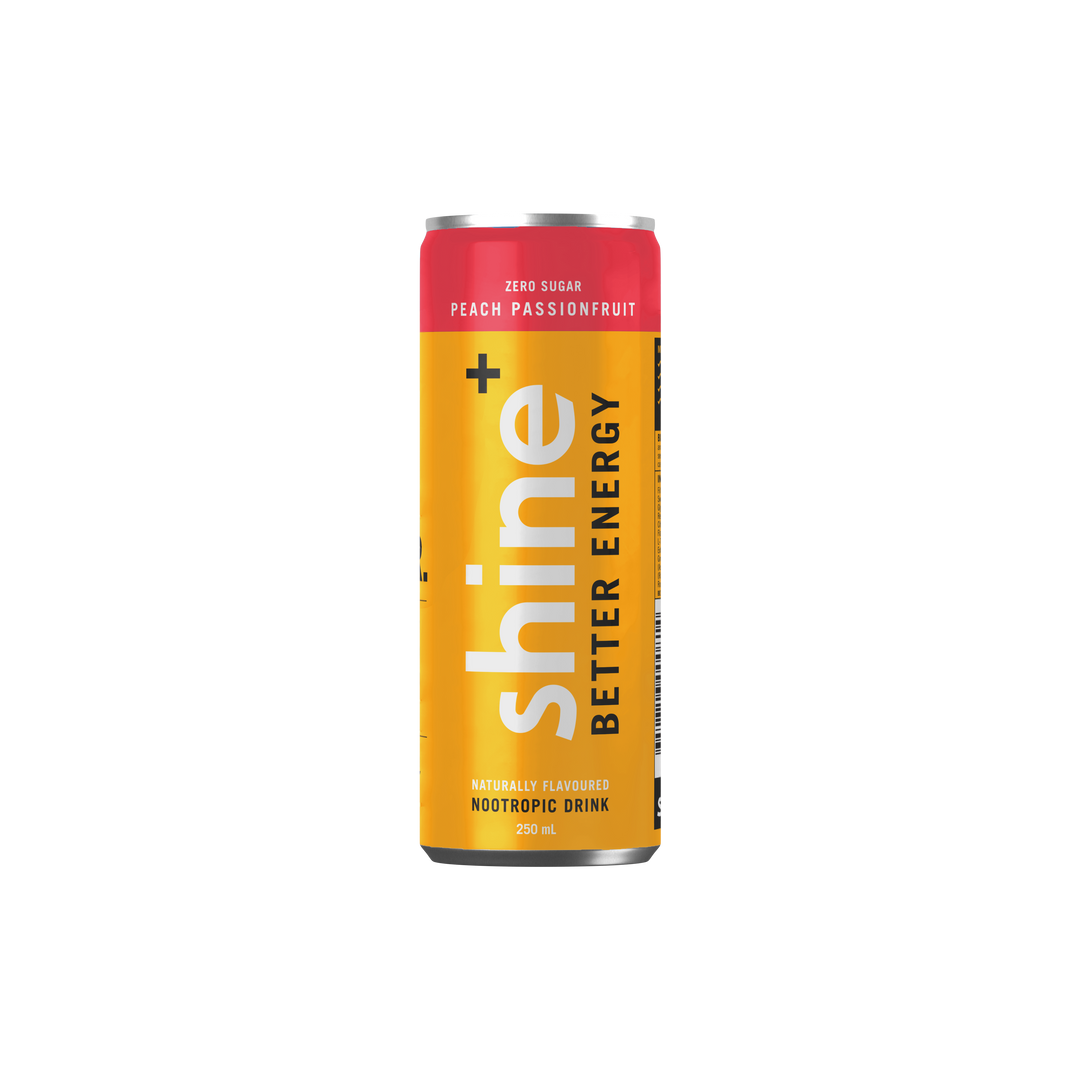SIX FOODS THAT CAN IMPROVE YOUR SKIN
We spend our entire adult lives finding ways to get healthier skin. We go through a variety of creams, cleansers, moisturisers and serums. We test their ability to protect against pimples, improve skin’s appearances and texture and reverse the aging process.
There are a variety of different foods and beverages that can help improve your skin naturally. Here are a few examples.
Coconut Oil
Coconut Oil is commonly found in a variety of beauty products on the shelves at your local pharmacy, particularly skincare products. A 2004 study has claimed that coconut oil can be used as a moisturiser following a test to confirm if it can be suitable to treat xerosis (Agero and Verallo-Rowell, 2004).
Tomatoes
Citrus foods, like tomatoes, contain antioxidants that may help to protect or improve the skin in different ways. For example, Vitamin A has been tested for skin cell renewal, while Vitamin C and Vitamin E may affect the look and texture of the skin (Rabat, 2003). Tomatoes also contain carotenoids, which have the ability to protect the skin from the harsh UV rays of the sun through light-harvesting accessory pigments (Cooperstone and Schwartz, 2016). A study from 2001 tested this theory using dietary tomato paste, claiming the experiment was successfully positive (Stahl et. al, 2001).
Turmeric
Turmeric is loaded with antioxidants found in the curcuminoids, which may give the turmeric anti-aging abilities. This was tested in a 2007 study which found that the curcumin helped to improve the skin’s “wrinkles, hydration, melanin content, biological elasticity and viscoelasticity” (Plianbangchang, Tungpradit and Tiyaboonchai, 2007). The downside is, the rich yellow colour can leave yellow stains on your skin. A great way to help protect your skin from staining mixing the turmeric with either yoghurt or chickpea flour.

Green Tea
Green Tea is more known for its ability to keep the drinker healthier on the inside, rather than the outside. Researchers has claimed that epigallocatechin-3-gallate (EGCG), green tea’s main active ingredient, is the reason for its ability to help to protect the skin as “an anti-inflammatory antioxidant and sunscreen” (Korac and Khambholija, 2011). It has been reported that green tea extract may have a role in reducing the severe effects of UV rays on skin, such as “erythema, DNA damage, formation of radical oxygen” and more, due to the protective polyphenols it contains (Mnich et al, 2009).
Papaya
It was reported in 1999 that papaya was being used to treat burns at The Royal Victoria Hospital in Banjul, due to its effectiveness in desloughing necrotic tissue, preventing infections and granulating wounds (Starley et al, 1999). In a more recent article, it was tested whether green papaya has the ability to help wounds heal during pregnancy with positive results (Anuar et al, 2008). In some countries, the latex found in papaya is often used to treat other skin problems such as eczema and psoriasis (Amenta, 2000).
Oatmeal
As some Eczema sufferers may already know, many shampoos created to treat this skin problem are oatmeal-based. Why? The proteins in colloidal oatmeal are said to “carry water to [the] skin and act as a buffering agent to help maintain barrier integrity”, while its “polysaccharides serve a dual function by attracting atmospheric moisture to the skin and leaving a protective film” (Nebus et al, 2006). This claim was supported by a study in 2015 where participants used colloidal oatmeal to relieve severely dry skin. The results showed that their condition improved after two weeks of regular application (Reynertson et al, 2015).
Feel free to try some of these natural wonders for yourself to see if they make a difference. Don’t forget, there are simple ways you can help to improve your skin every day, such as drinking plenty of water and protecting yourself from the sun.
WORDS BY JESSICA TESTA
Journals:
- Agero, A. L., & Verallo-Rowell, V. M. (2004). A randomized double-blind controlled trial comparing extra virgin coconut oil with mineral oil as a moisturizer for mild to moderate xerosis. Dermatitis, 15(3), 109-116.
- Amenta, R., Camarda, L., Di Stefano, V., Lentini, F., & Venza, F. (2000). Traditional medicine as a source of new therapeutic agents against psoriasis. Fitoterapia, 71, S13-S20.
- Anuar, N. S., Zahari, S. S., Taib, I. A., & Rahman, M. T. (2008). Effect of green and ripe Carica papaya epicarp extracts on wound healing and during pregnancy. Food and Chemical Toxicology, 46(7), 2384-2389.
- Cooperstone, J. L., & Schwartz, S. J. (2016). Recent Insights Into Health Benefits of Carotenoids.
- Mnich, C. D., Hoek, K. S., Virkki, L. V., Farkas, A., Dudli, C., Laine, E., ... & Dummer, R. (2009). Green tea extract reduces induction of p53 and apoptosis in UVB‐irradiated human skin independent of transcriptional controls. Experimental dermatology, 18(1), 69-77.
- Michelle Garay, M. S., Judith Nebus, M. B. A., & Menas Kizoulis, B. A. (2015). Anti-inflammatory activities of colloidal oatmeal (Avena sativa) contribute to the effectiveness of oats in treatment of itch associated with dry, irritated skin. Journal of Drugs in Dermatology, 14(1), 43-48.
- Korać, R. R., & Khambholja, K. M. (2011). Potential of herbs in skin protection from ultraviolet radiation. Pharmacognosy reviews, 5(10), 164.
- Nebus, J., Wallo, W., & Kurtz, E. (2006). Alleviating itchy, extra dry skin with an oatmeal, skin protectant lotion. Journal of the American Academy of Dermatology, 54, 3.
- Plianbangchang, P., Tungpradit, W., & Tiyaboonchai, W. (2007). Efficacy and safety of curcuminoids loaded solid lipid nanoparticles facial cream as an anti-aging agent. Naresuan University Journal, 15(2), 73-81.
- Rabat, M. (2003). Fighting back against skin aging. Life extension.
- Stahl, W., Heinrich, U., Wiseman, S., Eichler, O., Sies, H., & Tronnier, H. (2001). Dietary tomato paste protects against ultraviolet light–induced erythema in humans. The Journal of nutrition, 131(5), 1449-1451.
- Starley, I. F., Mohammed, P., Schneider, G., & Bickler, S. W. (1999). The treatment of paediatric burns using topical papaya. Burns, 25(7), 636-639.


